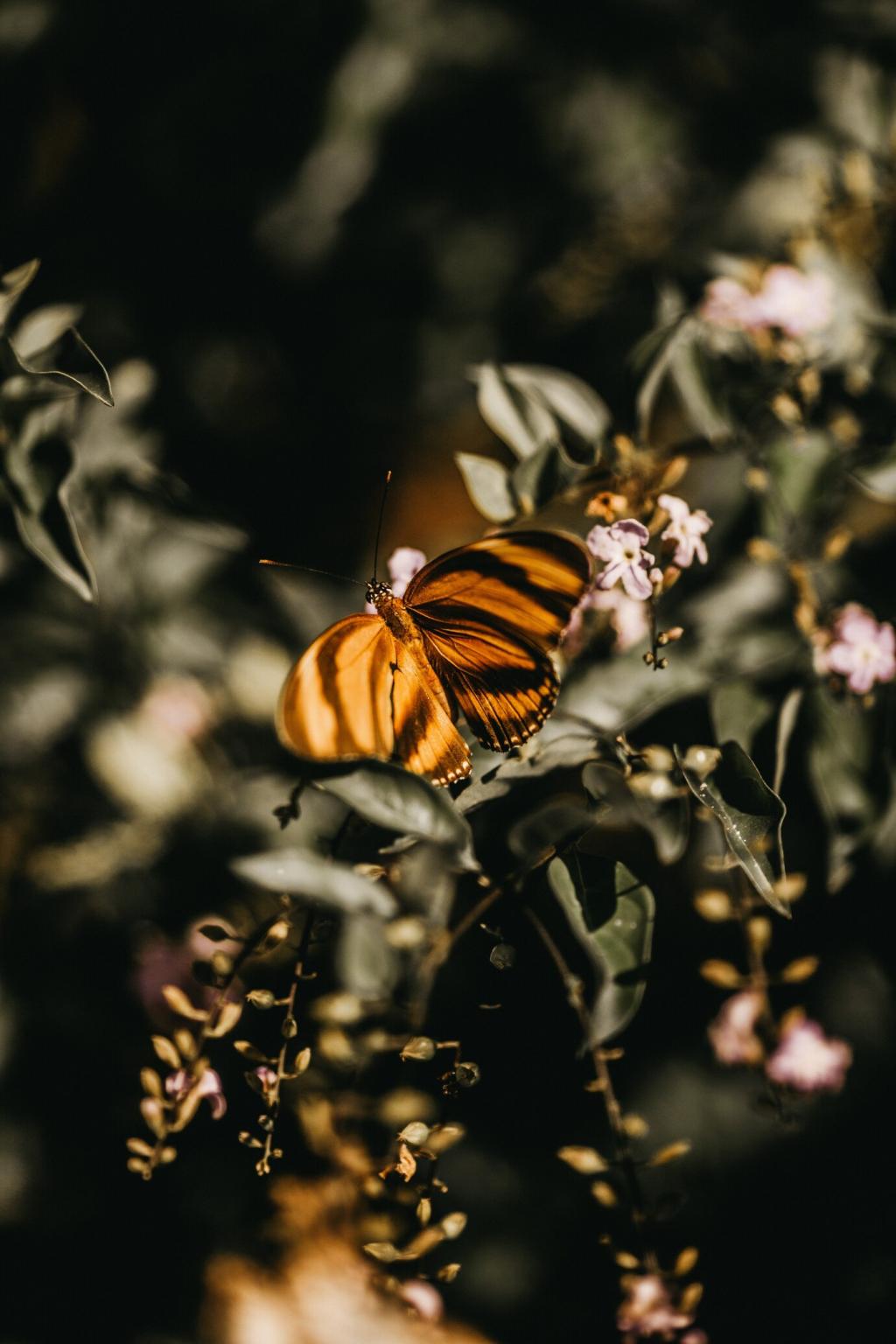
Sustainable Design with Nature: Live Lightly, Build Beautifully
Today’s chosen theme: Sustainable Design with Nature. Join us as we explore how homes, neighborhoods, and routines collaborate with ecosystems to create comfort, resilience, and joy. Subscribe, comment with your ideas, and be part of a community designing with the living world.


Principles That Bring Nature Into Every Decision
Instead of merely reducing harm, design to actively heal soil, water, and community. Plant shade trees, reconnect fragmented habitats, and choose materials that renew rather than deplete. Tell us your first regenerative step and how it changes your space.
Principles That Bring Nature Into Every Decision
Before sketching a plan, walk the site at sunrise and dusk. Notice wind, bird paths, soil moisture, and neighborhood rhythms. Design emerges from these observations, creating spaces that feel inevitable and gentle. What did your last site walk teach you?

Bio-Based Choices With Honest Stories
Timber from well-managed forests, hemp-lime mixes, cork, straw, and wool offer warmth, repairability, and character. Ask for provenance and certification, and support makers who steward landscapes. Each purchase becomes a quiet vote for thriving forests and farms.

Finishes That Respect Lungs and Rivers
Natural paints, plant oils, and lime plasters breathe with walls and reduce indoor pollutants. They patina beautifully instead of peeling. When rinsed, they are gentler on waterways. Share your healthiest finish and how it changed the feel of home.
Light, Air, and Water as Design Partners
Layer clerestories, light shelves, and soft reflective surfaces to guide daylight deep indoors. Overhangs and deciduous trees filter summer glare while welcoming winter sun. The result is calm, alert spaces. Where does morning light first greet you?


Light, Air, and Water as Design Partners
Cross-ventilation aligned with prevailing winds, stack vents, and operable skylights can cool spaces without machines. Use insect screens and night-flush strategies for comfort that hums quietly. Describe your warmest week and what natural ventilation trick helped most.
Biomimicry: Learning From the Genius of Nature
Layered screens, vines, and adjustable louvers mimic how leaves modulate light and heat. This layered approach offers dappled shade, habitat, and seasonal change. It feels alive and adaptive. Which climbing plant would you train across your sunniest facade?
Biomimicry: Learning From the Genius of Nature
Lotus-like microtextures shed dust and grime, reducing maintenance and harsh cleaners. Selecting materials with similar properties extends longevity and keeps pollutants out of streams. Tell us about the easiest-to-clean surface in your home and why it works.
Biomimicry: Learning From the Genius of Nature
Pinecones open and close with humidity; façades can, too. Hygroscopic panels and responsive fabrics regulate air and light without complex motors. Imagine your wall as a living skin. Where would a breathing facade make the biggest comfort difference?
Community and Culture as Ecological Infrastructure
Edible Landscapes That Bring People Together
Food forests, herb borders, and community orchards transform lawns into larders. Harvest moments become informal gatherings where recipes trade hands. A child’s first strawberry can be a powerful teacher. What edible plant would you gift to a neighbor this season?
Respecting Indigenous Knowledge and Stewardship
Many land-care practices—controlled burns, seasonal harvesting, and water-sharing—are time-tested and place-specific. Listen, learn, and collaborate with local knowledge holders. Credit sources, compensate fairly, and celebrate cultural roots. Which local tradition could guide your next design decision?
A Small Park, A Big Shift: An Anecdote
We replaced a vacant lot’s chain-link fence with native hedges, a permeable path, and a bench beneath a willow. Within months, birds nested, neighbors lingered, and litter disappeared. Share a before-and-after moment from your street that changed the mood.




Start Small, Grow Wisely
Add a shallow bird bath, native pots, and a trellis for shade. Track visitors and adjust plant choices seasonally. Even a few square feet can hum with life. Post a photo of your tiniest thriving habitat and inspire our readers.
